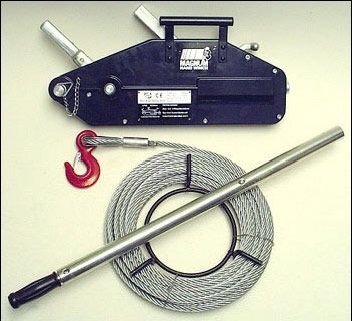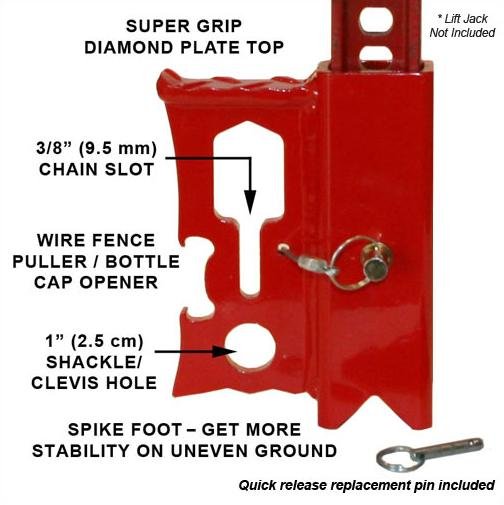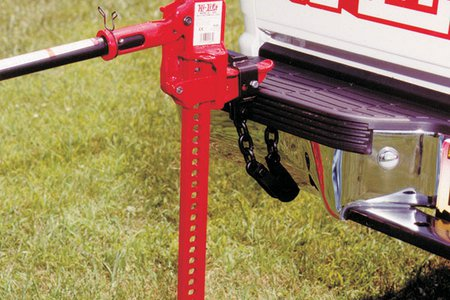One other thing to consider, depending on vehicle, but when swapping in a winch mount, you may be removing the OEM crash bar behind the bumper cover which will negate some of the weight you are adding. When I added the winch mount to my Nissan, I found the crash bar and oem Cast tow hook were 41lbs, So, the weight of the winch mount was an addition of 0lbs, only the weight of the winch was actually added.
With that said, if you are already running a hi-lift, adding in the lift mate attachment allows you to pick up one wheel and possibly shovel material or stack something under to help get yourself out.
With that said, if you are already running a hi-lift, adding in the lift mate attachment allows you to pick up one wheel and possibly shovel material or stack something under to help get yourself out.












